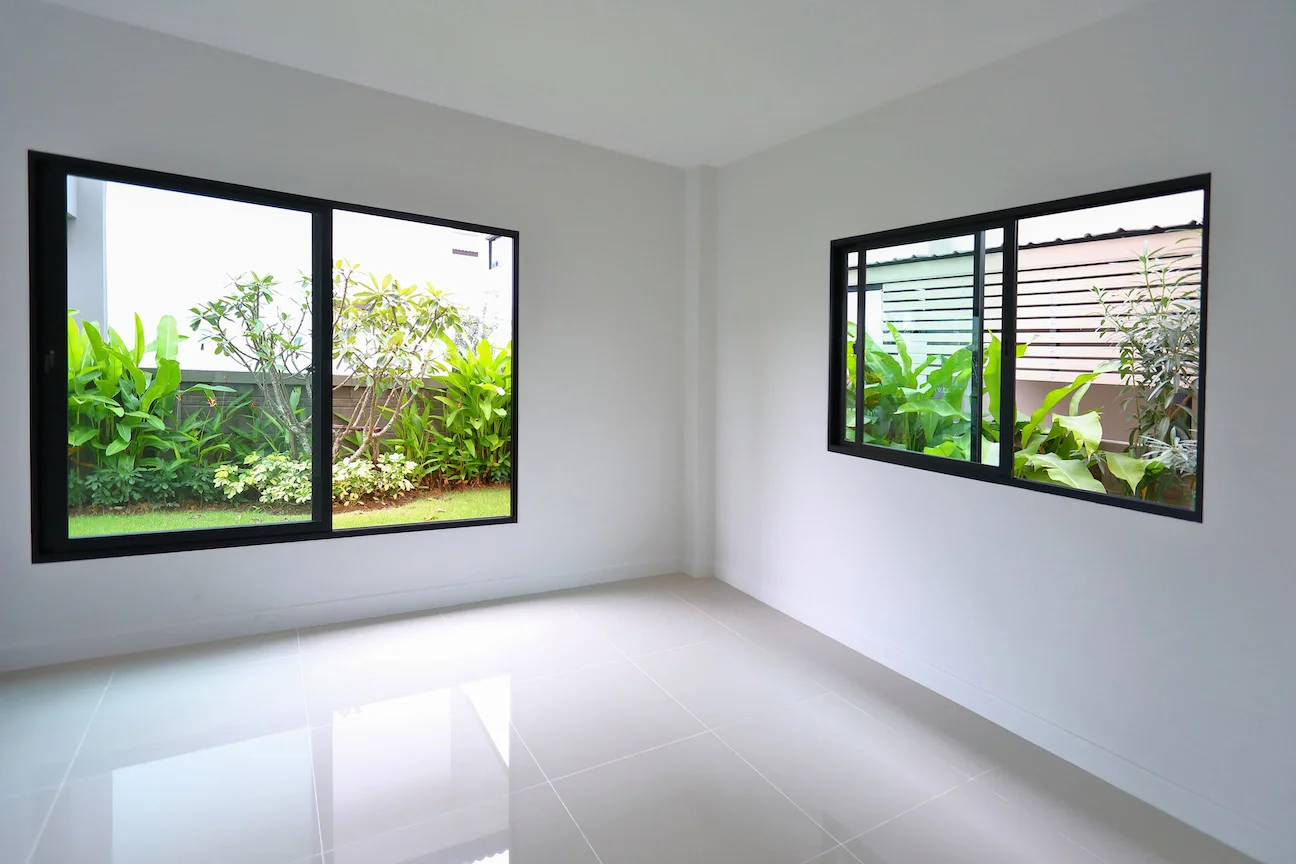
Maintaining a well-ventilated bathroom is crucial for both the health and longevity of your home. Beyond the frustration of lingering steam and unpleasant odors, inadequate ventilation can lead to significant problems like mold growth, structural damage, and compromised indoor air quality.
This article explores the importance of proper bathroom ventilation and outlines strategies for improving airflow.
Bathrooms are inherently prone to moisture accumulation due to showering, bathing, and handwashing activities. Without proper ventilation, this moisture can lead to a cascade of problems:
Several indicators suggest that your bathroom ventilation might be inadequate. These include:
Fortunately, several strategies can be implemented to enhance air circulation and ventilation in your bathroom:
The first step in improving bathroom ventilation is to assess the current state of your bathroom’s ventilation system. Check if you have an exhaust fan, its location, and whether it’s adequately removing moist air from the room. If you have a window, consider its size and effectiveness in providing natural ventilation.
If your bathroom lacks an exhaust fan or the existing one is underperforming, upgrading or installing a new one is crucial. Select a fan based on the bathroom’s square footage, aiming for a minimum of 1 CFM of air movement per square foot. Also, consider features such as noise levels, energy efficiency, and additional functions like built-in lights or humidity sensors.
Installation should be handled by professionals, especially to ensure that the fan vents to the outside of your home, avoiding moisture problems in other areas. Kaminskiy Care and Repair’s team ensures correct placement and secure installation, maximizing the fan’s efficiency.
The effectiveness of your exhaust fan largely depends on proper ducting. Ensure that the ducts lead directly outside to expel moist air efficiently. Avoid long or convoluted ductwork, which can impede airflow and reduce the fan’s effectiveness.
Openable windows can significantly enhance bathroom ventilation, offering a natural method for moisture and odor control. Consider window size and placement for optimal airflow, and ensure screens are clean to maintain air quality.
Regularly clean and inspect your exhaust fan and any natural ventilation features to maintain optimal performance. This includes checking for and removing any blockages in the ducts and ensuring the fan blades are free from dust.
In areas with high humidity or bathrooms without windows, a dehumidifier can be an effective tool for moisture control. It can be particularly useful during warmer months when humidity levels are highest.
Selecting the right materials can also aid in moisture control. Water-resistant paint, non-porous tiles, and fixtures designed to withstand humidity can reduce moisture absorption, making your bathroom easier to maintain and ventilate.
Kaminskiy Care and Repair distinguishes itself through a combination of expertise, quality materials, and exceptional customer service, making it a leading choice for bathroom ventilation improvements.
Expert Analysis and Custom Solutions
Understanding that each bathroom has unique ventilation needs, we provide a thorough analysis to identify the best ventilation strategies for your space. We also offer customized solutions, ensuring your bathroom is equipped with the optimal mix of exhaust fans, natural ventilation, and moisture-resistant materials.
Quality Installation and Materials
With Kaminskiy Care and Repair, you can be confident in both the quality of the materials used and the professionalism of the installation. Our team ensures that every component of your bathroom’s ventilation system is installed correctly for maximum efficiency and longevity.
Proper bathroom ventilation is essential for maintaining a healthy, comfortable, and durable home environment. By following the detailed steps outlined above, you can significantly improve your bathroom’s ventilation, enhancing the overall quality of your living. Contact us today to transform your bathroom ventilation for a healthier and more enjoyable space.